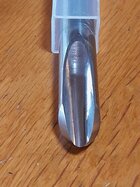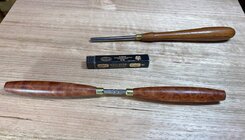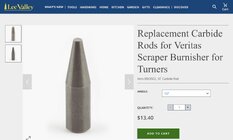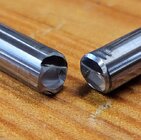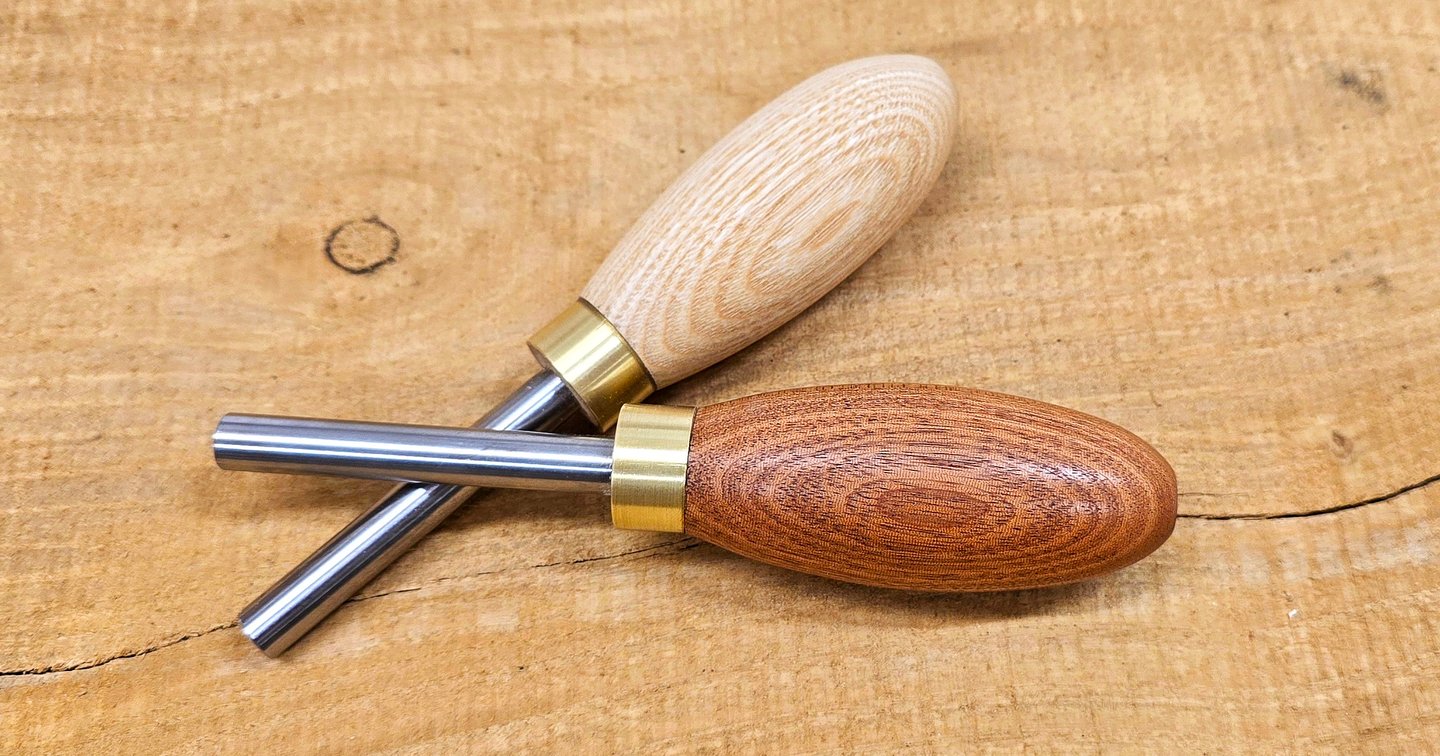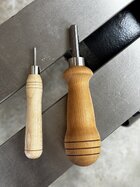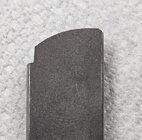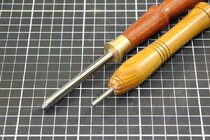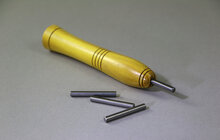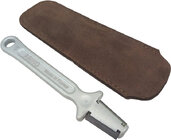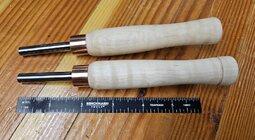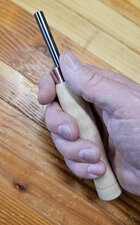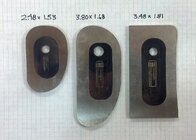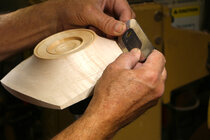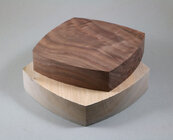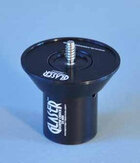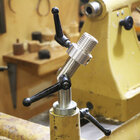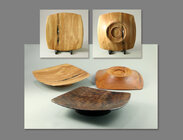This 5/16" x 6", 92 Rockwell hardness carbide rod showed up at my shop. Bought through Amazon, but it is sold by Taylor Toolworks. (This little rod weighs 4 ounces- it's some hard, dense steel.)

 taytools.com
taytools.com
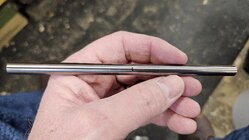
See that little dark line half way down the length? That's the result of one minute of using a standard Dremel cutoff wheel on it. All it did was polish the surface, can't even feel it with a fingernail.
Anyway, I thought I would cut it in half, make 2 handles to mount them in, and I'd have two scraper burnishers for the price of one. (Lee Valley/Veritas already makes exactly what I'm trying to accomplish...)
Will a diamond Dremel cutoff wheel cut through this solid carbide?
If it's more trouble to cut it than it's worth, I'll just mount this rod about 2" deep into a handle and call it a day. Thanks.

Unhandled 5/16" x 6" Solid Carbide Cabinet Scraper Burnisher HRC 92-94
A cabinet scraper is a simple, old-world tool that has many uses in the modern woodshop. A well-tuned cabinet scraper can remove glue, tame tearout, refining a finish, or put a glass-smooth finish on wood. Creating a proper cabinet scraper edge (referred to as a hook or burr) is an important...

See that little dark line half way down the length? That's the result of one minute of using a standard Dremel cutoff wheel on it. All it did was polish the surface, can't even feel it with a fingernail.
Anyway, I thought I would cut it in half, make 2 handles to mount them in, and I'd have two scraper burnishers for the price of one. (Lee Valley/Veritas already makes exactly what I'm trying to accomplish...)
Will a diamond Dremel cutoff wheel cut through this solid carbide?
If it's more trouble to cut it than it's worth, I'll just mount this rod about 2" deep into a handle and call it a day. Thanks.


